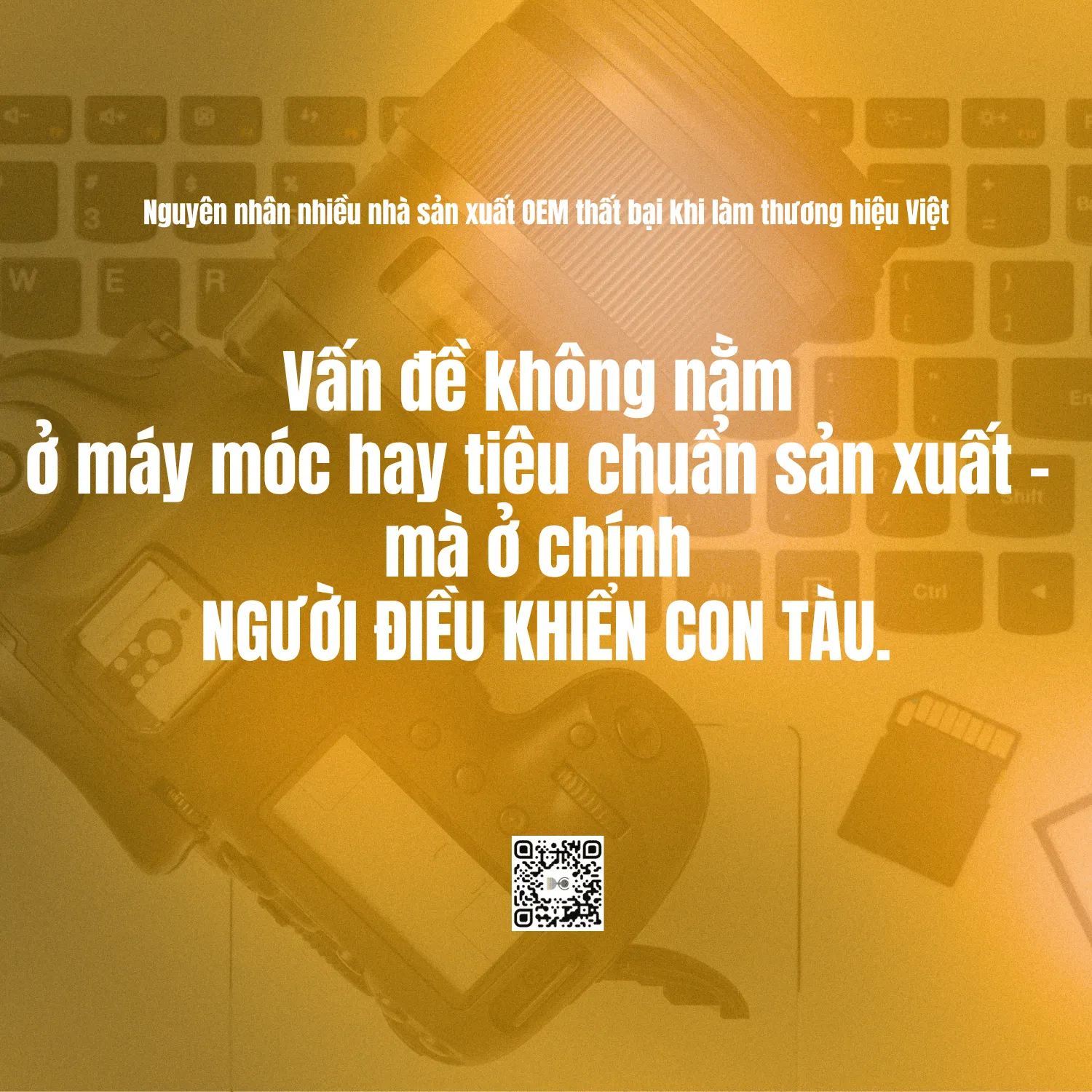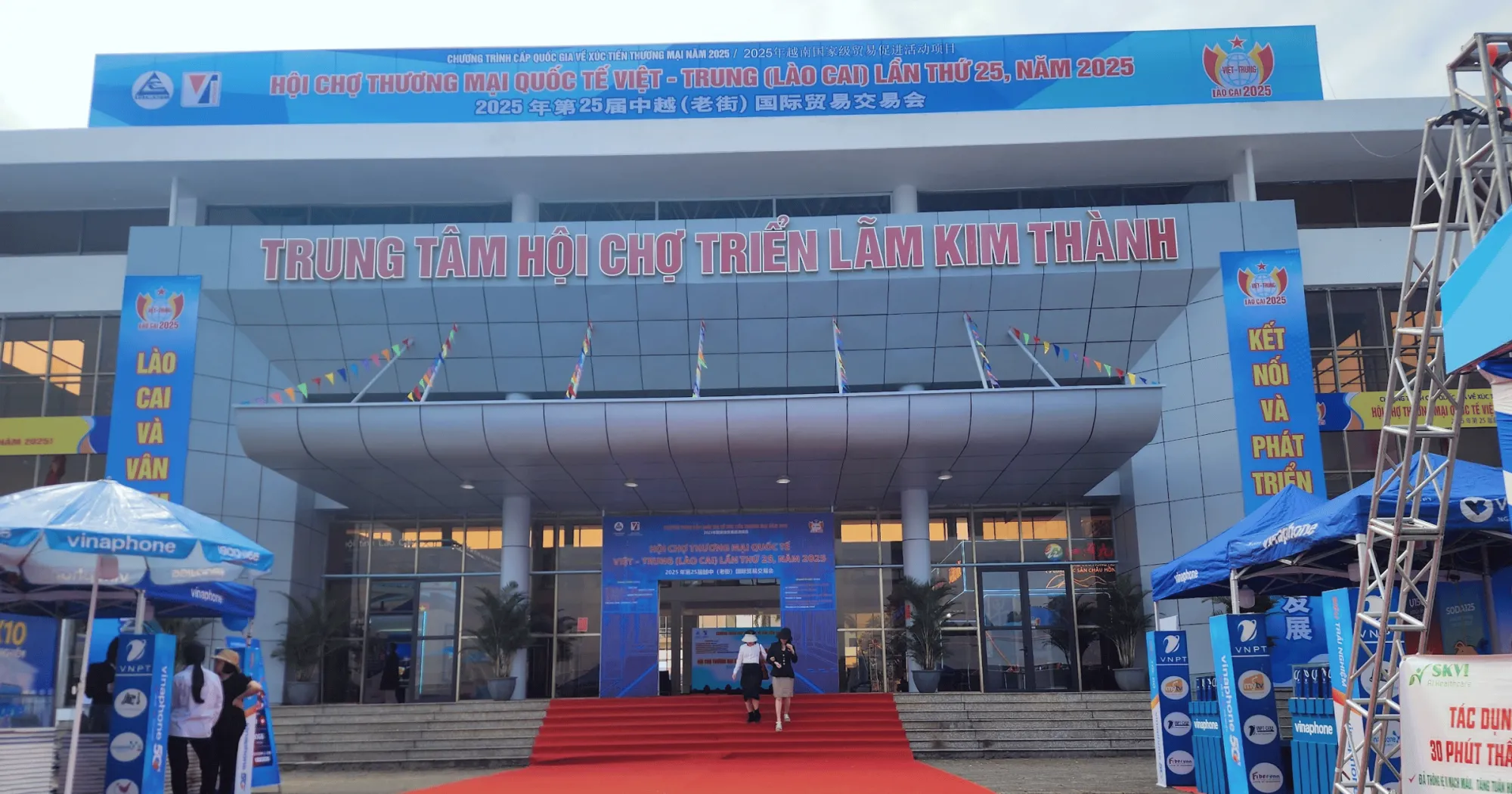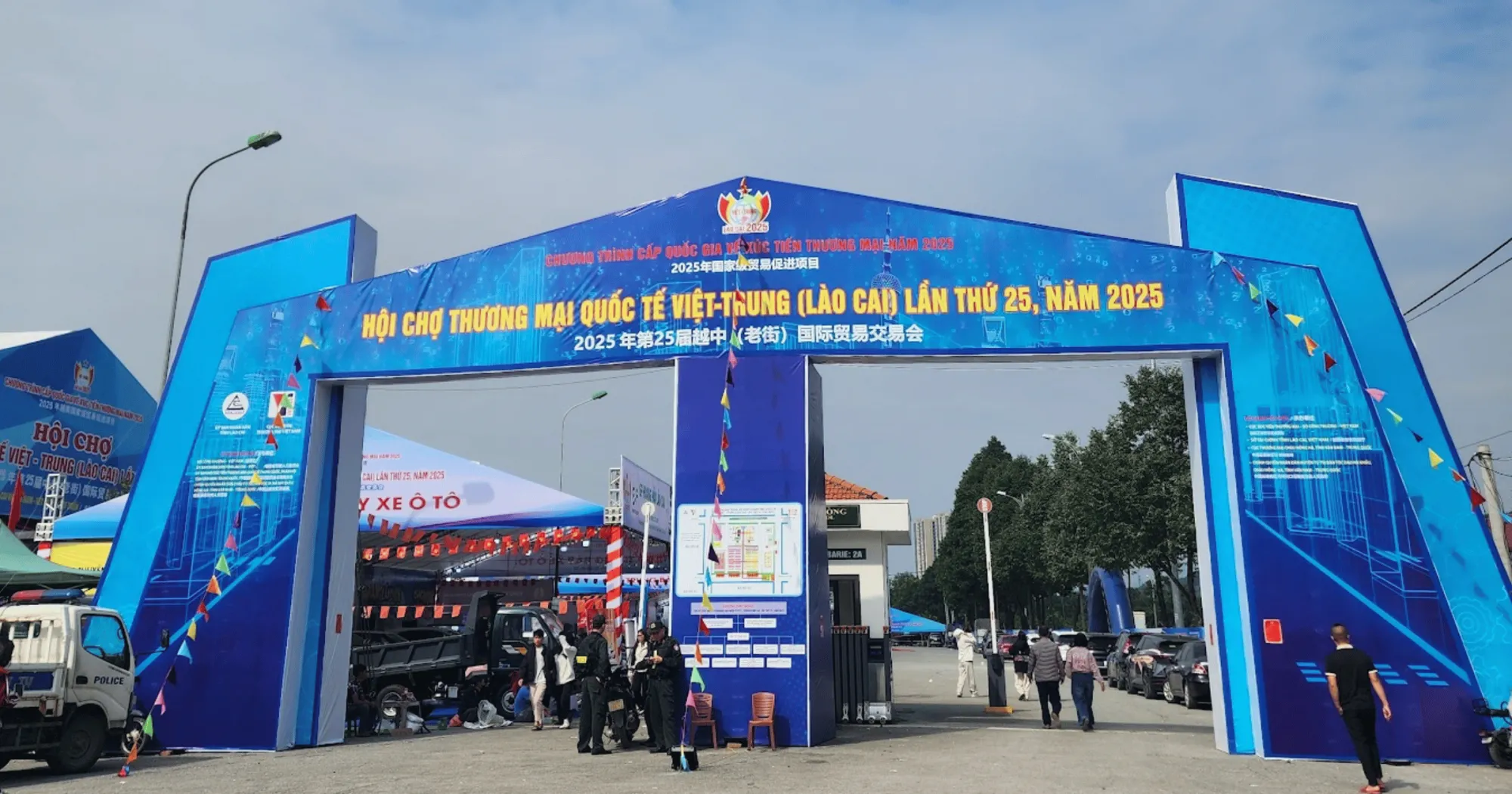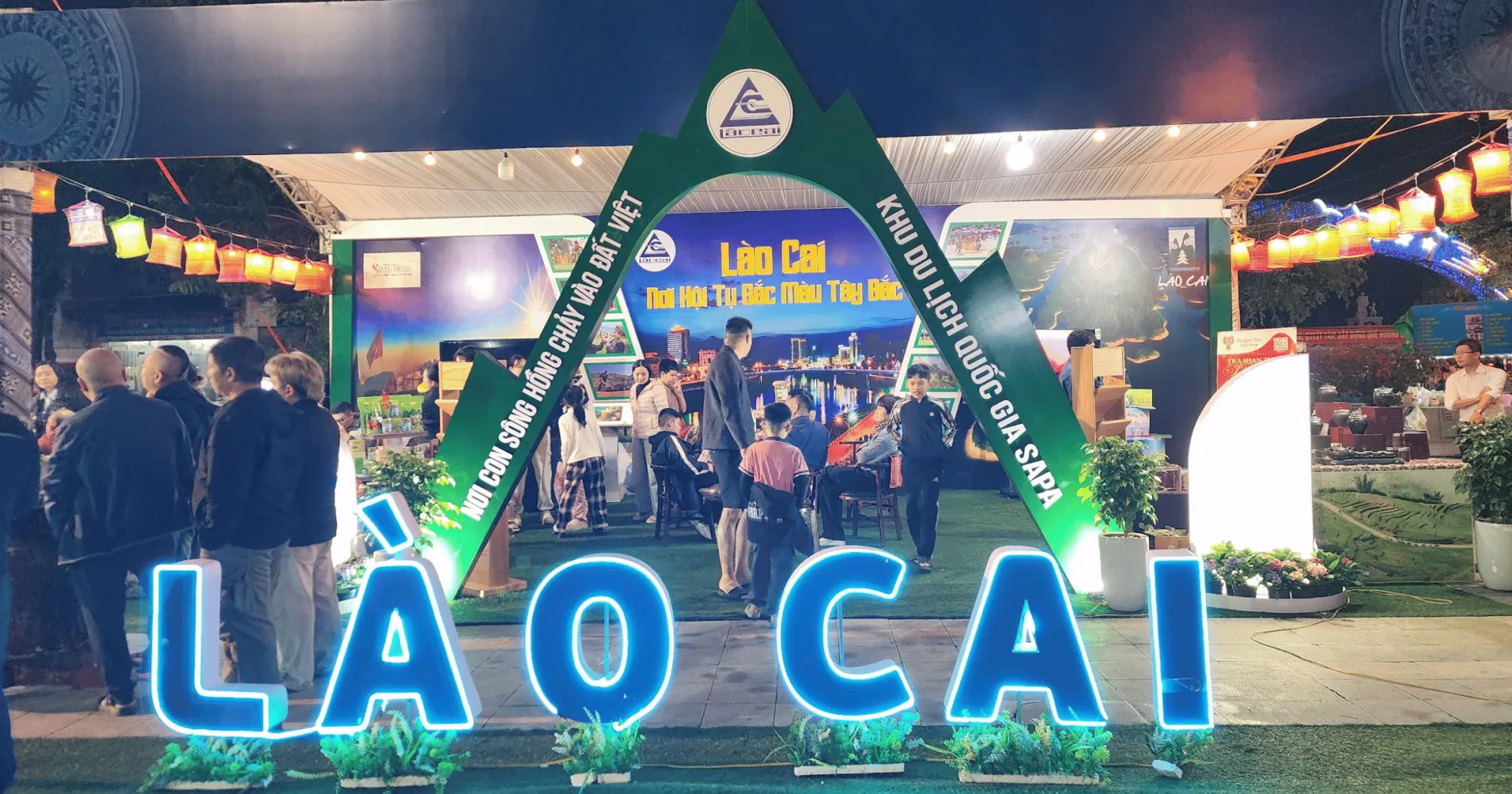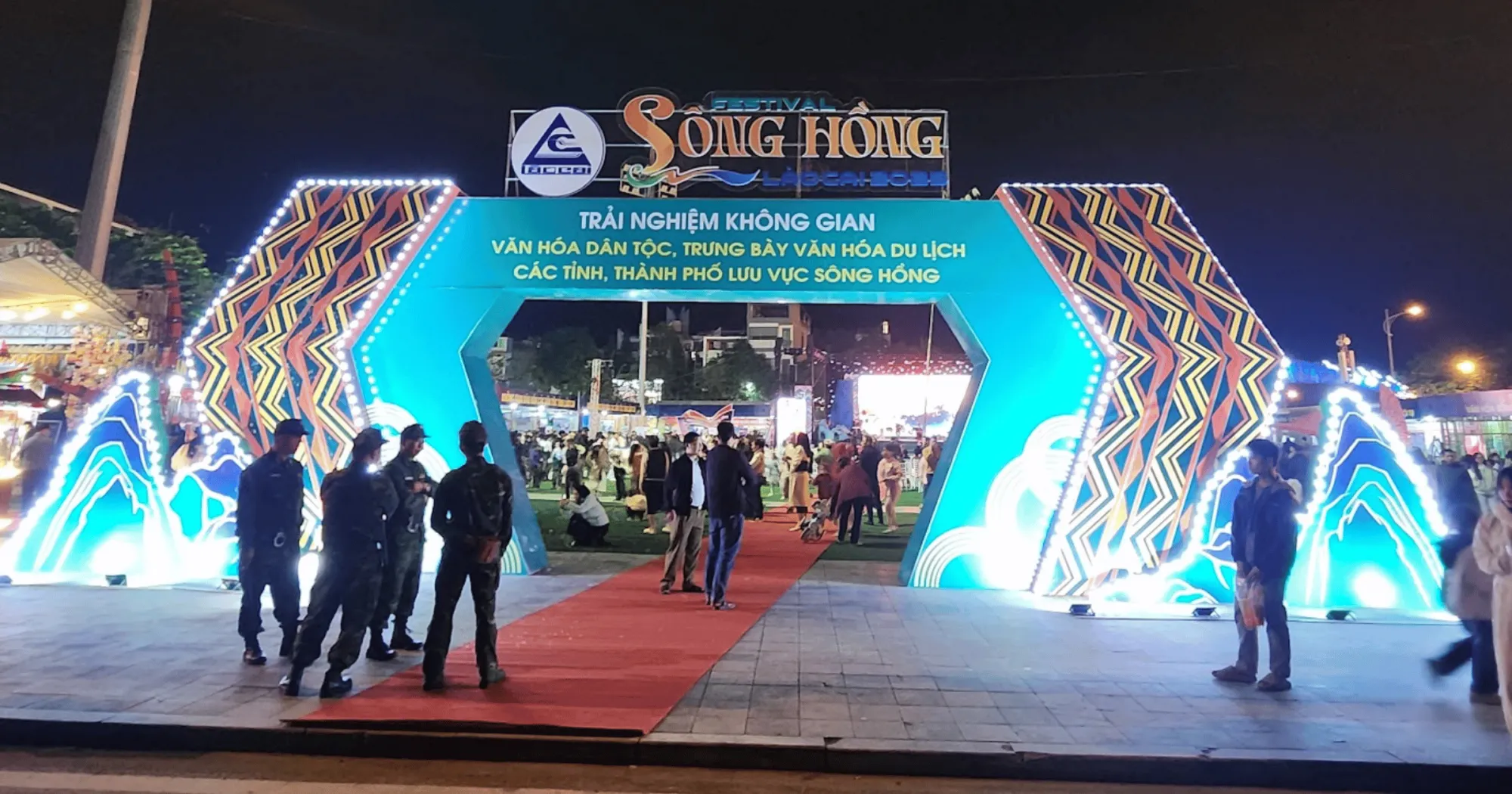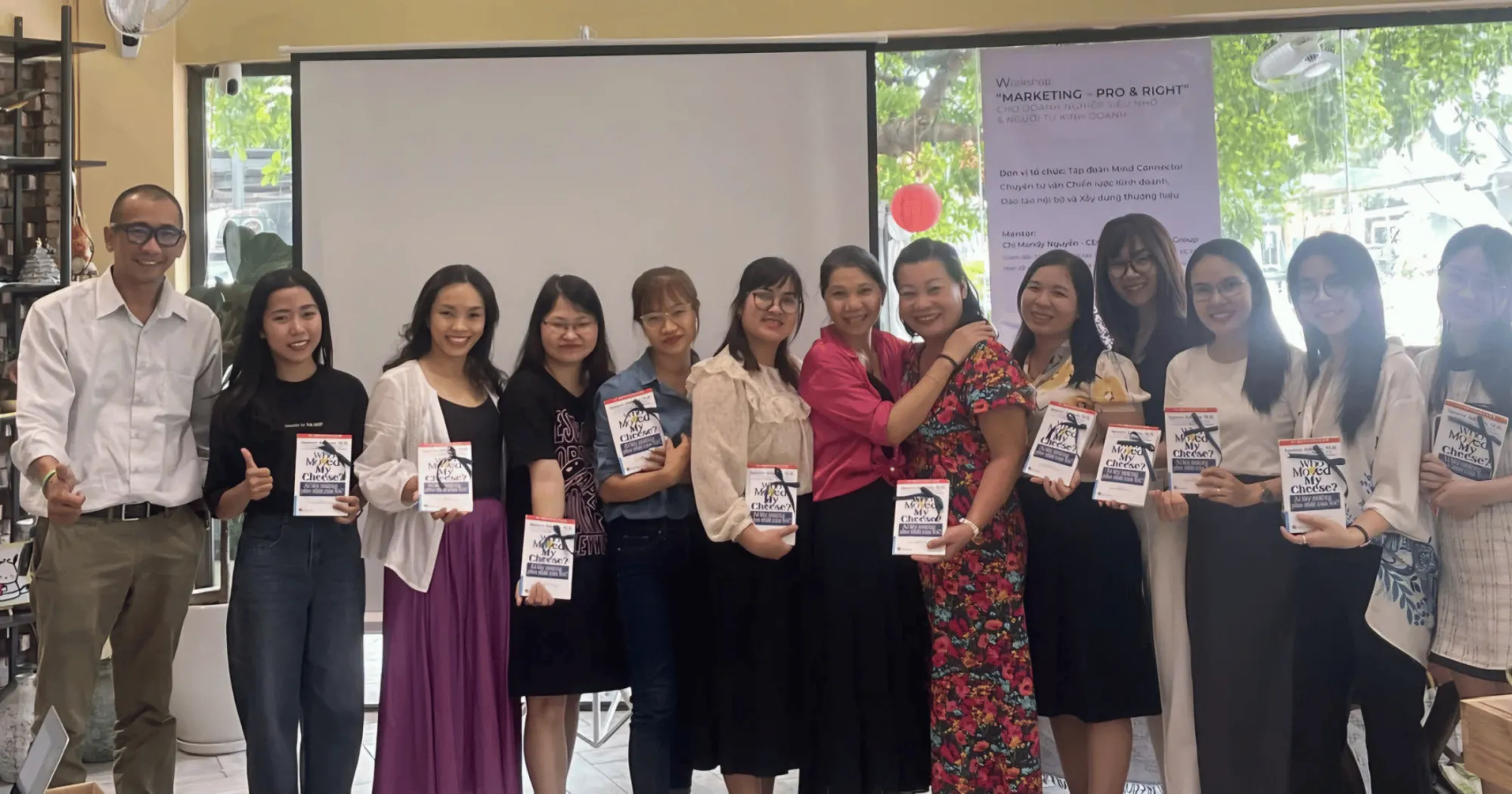Thousands of OEM factories in Vietnam are producing for global brands, meeting international standards, and exporting regularly. But when it comes to building their own brands, most of them fail or give up early. According to experts, the root cause is not only in the market, but also in the mindset and management style of the owners.
Technical background – good at production, weak in market
Most OEM factory owners in Vietnam come from technical backgrounds: engineers, production managers, line supervisors. They are strong in ensuring quality, processes, machinery – but lack experience in branding, marketing, and market research.
When doing OEM, they do not need to worry about finding retail buyers, running ads or designing packaging. Customers are international brands, they provide requirements, standards and large-volume contracts. Factory owners only need to focus on production and on-time delivery.
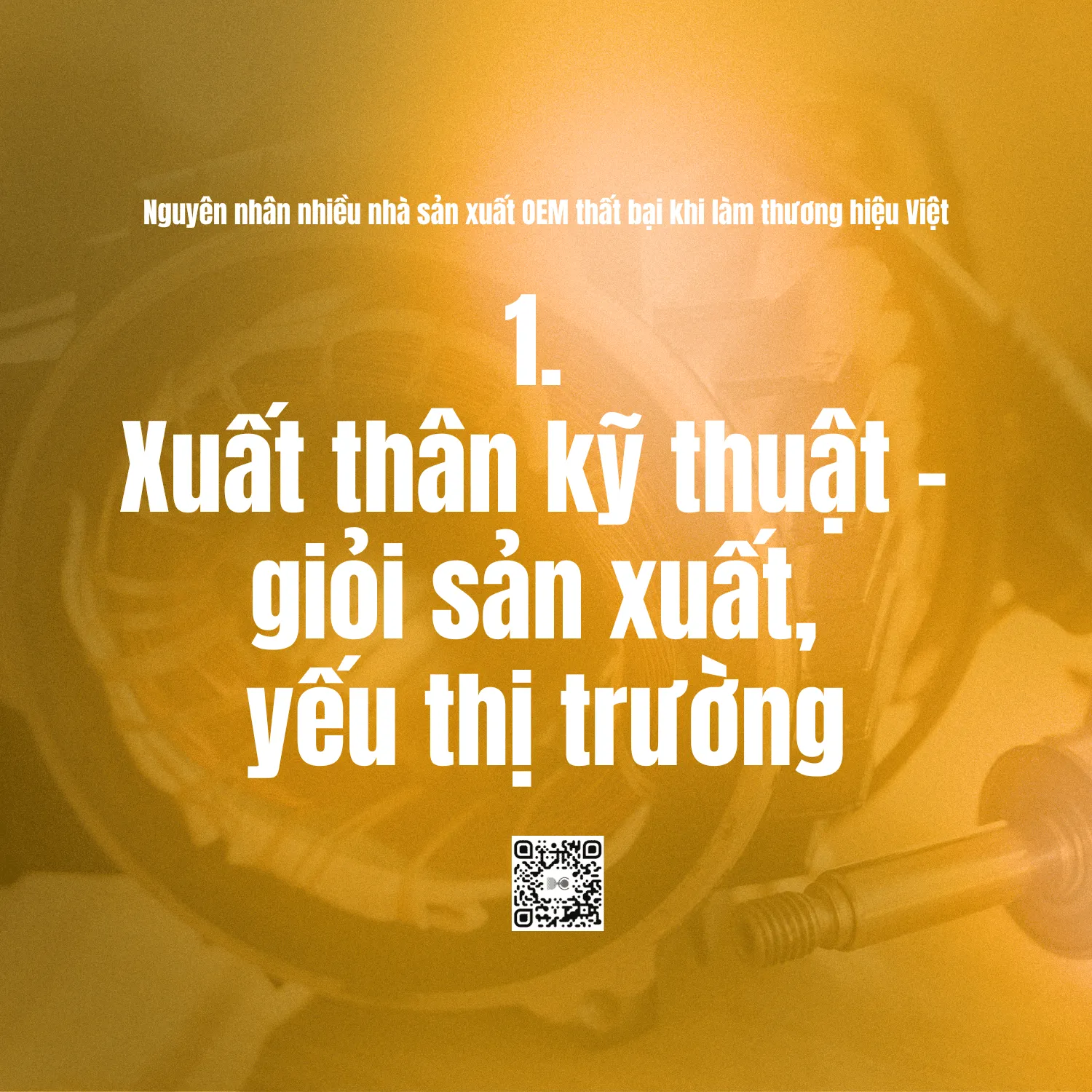
OEM’s “safe zone”
OEM ensures that the production line runs continuously, the order is large enough, and the money comes in quickly and regularly. Once a long-term OEM contract is signed, the sales department almost does not have to work continuously, only needing to take care of relationships with a few large customers.
This model creates stability and low risk, making many bosses feel safe, not wanting to “take risks” with the retail market – where sales fluctuate, competition is fierce and requires long-term investment.
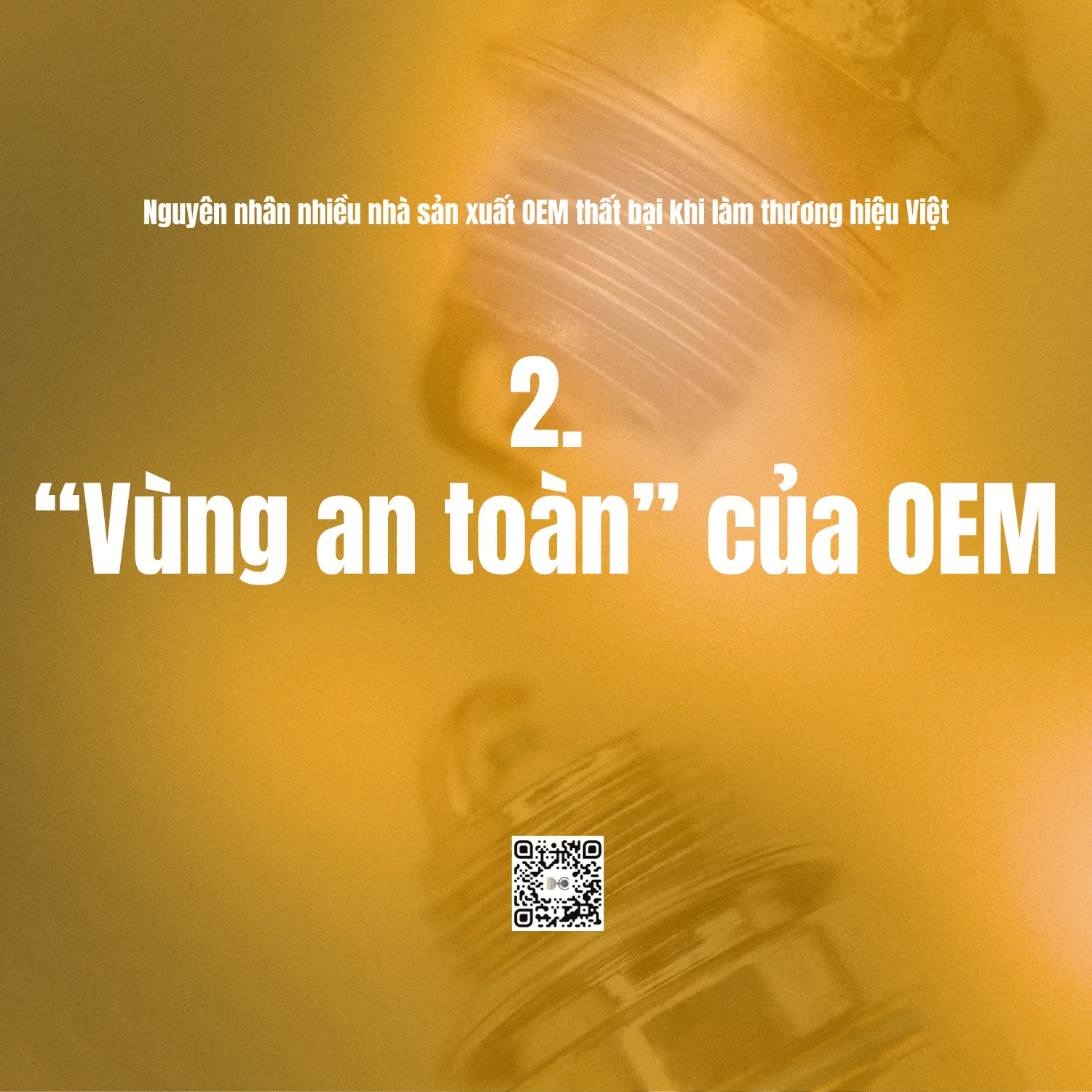
Private branding: Fast money out, slow money in
Switching to private branding means having to invest in areas that were previously almost empty: product research, packaging design, marketing, distribution channels, sales team, customer care, etc.
Continuous money out: communication costs, display fees, promotions, personnel, inventory, etc. Meanwhile, money in is slow because initial sales are low, the market does not recognize the brand, and the payment cycle is longer than OEM.
Many factory owners are used to the “straight and fast” OEM cash flow, so they feel insecure and lose patience after only 6–12 months.
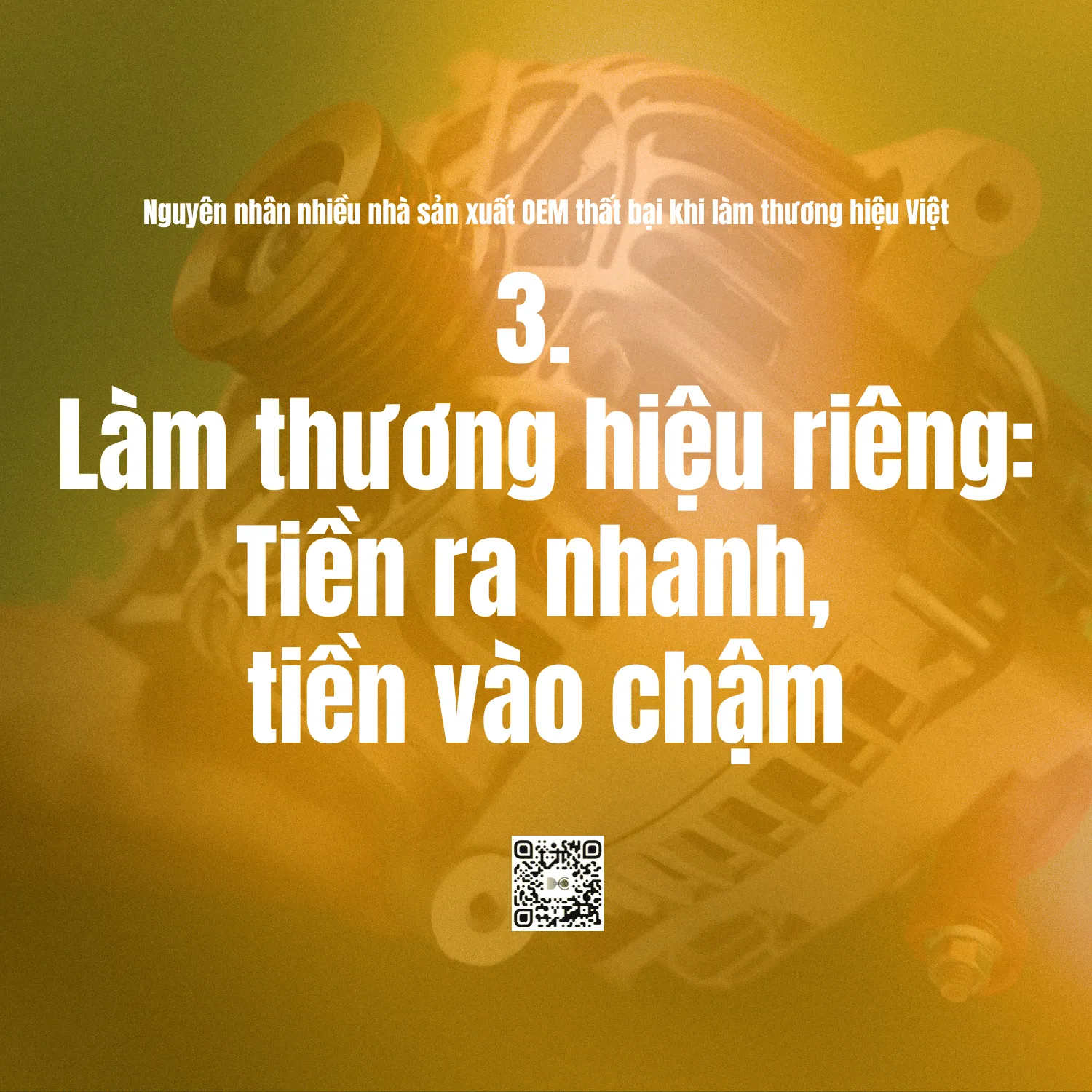
The “all-powerful” mindset
A major obstacle is the centralized management mindset: factory owners are used to deciding everything themselves – from technical, human resources to strategy. When entering the branding field, this can easily lead to conflicts with marketing experts or sales teams.
In many cases, factory owners invite experts, but do not trust them, do not give them authority, and in the end still do things their own way. The result is a half-hearted strategy: they want to “go fast” like OEMs, but do not dare to accept risks and long-term investments as branding requires.
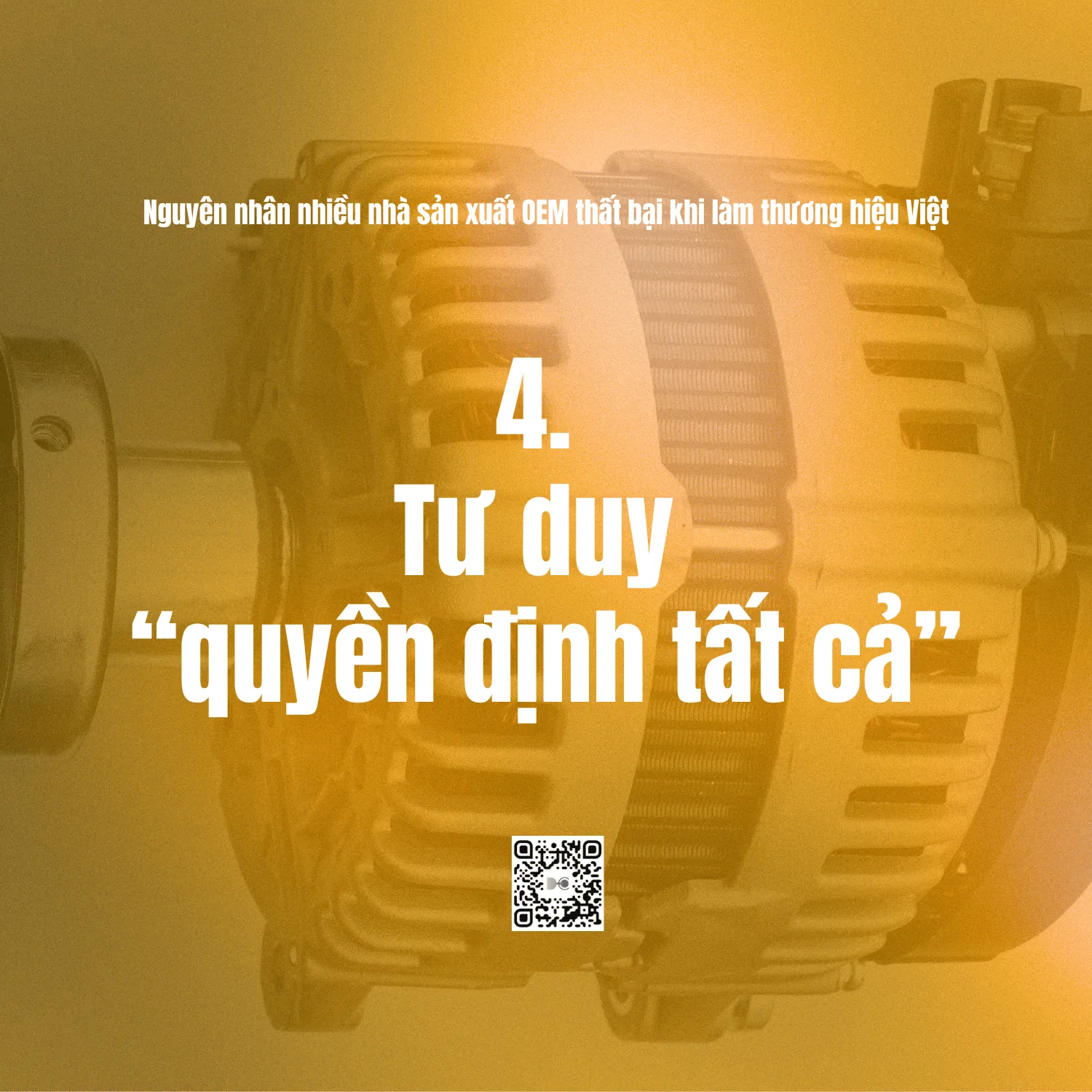
Lack of patience with the brand building cycle
OEM, from signing the contract to delivery and receiving money only takes a few weeks or months. Branding, to achieve stable sales, usually takes 2–5 years. In the early stages, almost all profits must be reinvested.
Many bosses are not mentally prepared for this journey. When they see that money is “going out a lot, coming in little”, they quickly cut the marketing budget, narrow the sales channel, or completely abandon the brand project to return to the safety of OEM.
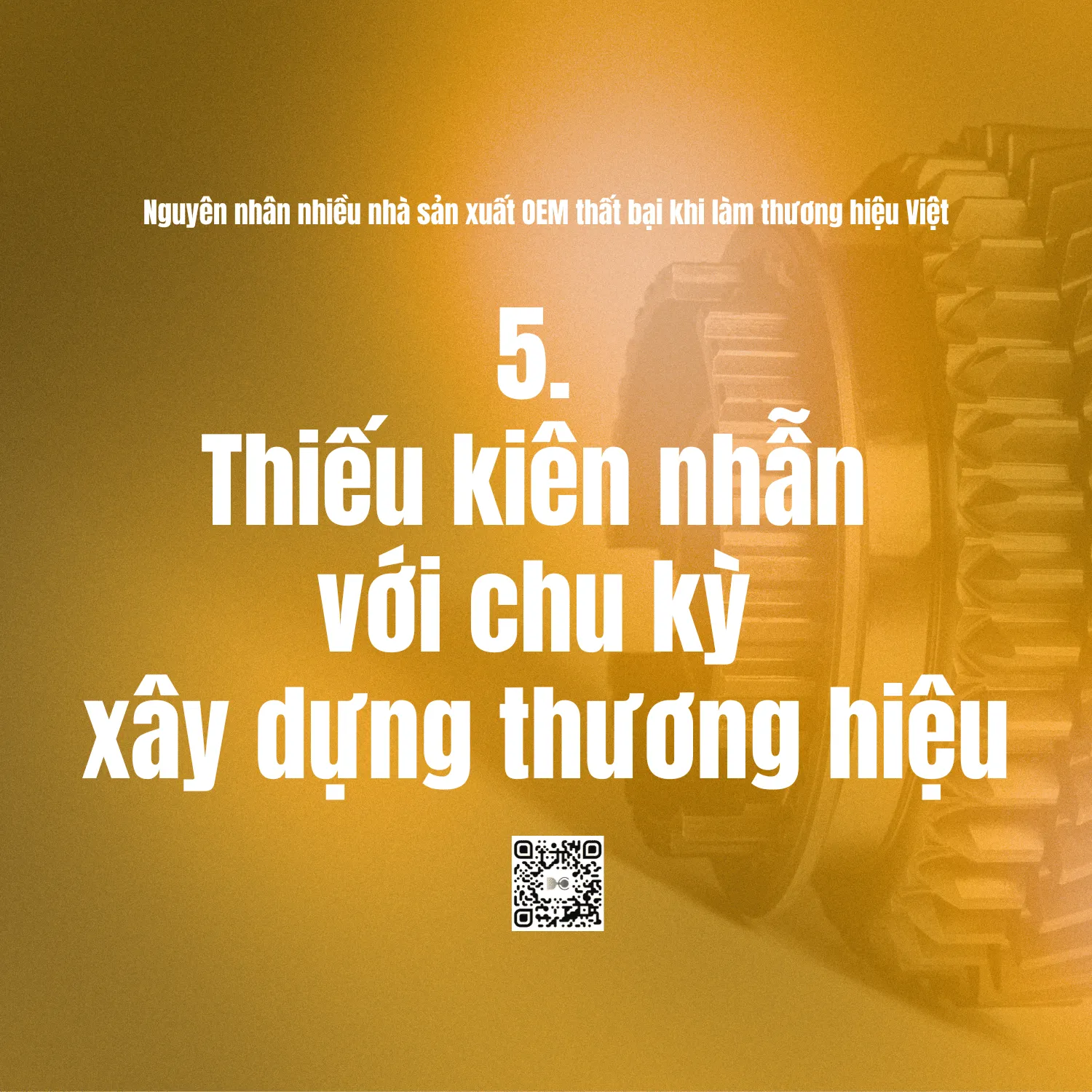
From the expert’s perspective:
- Separate the model: Still keep OEM to support the machine, but separate resources and team for the new brand, avoid “sharing” the budget.
- Empower experts: Accept that marketing and retail are not your strengths, need to trust and let experienced people run the business.
- Prepare long-term finances: Plan enough capital for at least 2-3 years of brand operation without immediate profit pressure.
- Shift thinking from production to market: Understand what customers want, not just focus on technical standards.
- Be patient and persistent: A brand cannot be built in a few months, but if you get through the initial stage, the long-term profit and value will far exceed OEM.
and….
OEM is a safe and profitable path, but if you want to step out with a Vietnamese brand, the factory owner must be willing to change his mindset, accept risks and persevere in long-term investment. The problem is not in the machinery or production standards – but in the person steering the ship.
